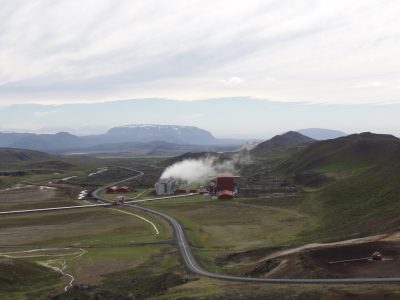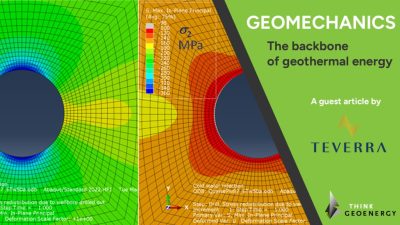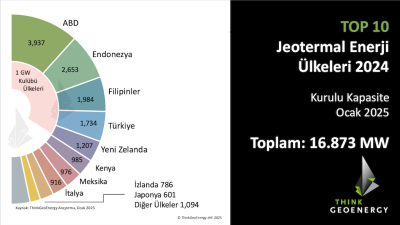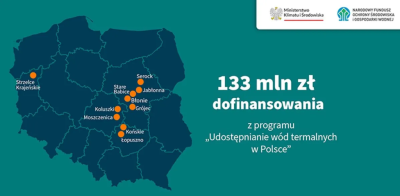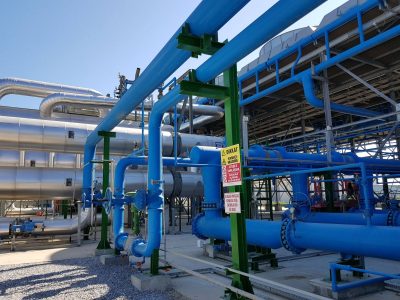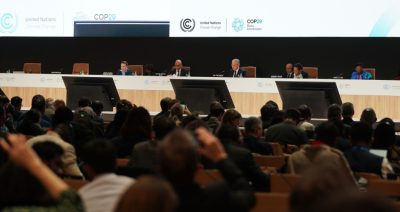Research on use of CO2 in geothermal energy extraction in Mexico
Lehigh University in the US and the San Nicolas de Hidalgo University in Mexico are working to find a way to use superheated CO2 instead of water as a better medium for heat extraction.
In a recent press release by Lehigh University in the US, their Energy Research Center is currently working alongside with San Nicolas de Hidalgo University in Michoacán, Mexico on utilizing carbon dioxide to extract geothermal energy from aquifers.
According to the press release, “Lehigh’s Energy Research Center is leading an effort to recycle the carbon dioxide produced by fossil fuel power plants while simultaneously helping Mexico increase its use of renewable energy sources and reduce national CO2 emissions. The ERC has signed a contract with the University of Michoacan San Nicolas de Hidalgo to study and test methods of using CO2 to enhance the extraction of geothermal energy from underground aquifers and rock formations. The three-year project is receiving $1.67 million in total funding from Mexico’s National Council for Science and Technology (CONACYT).”
According to ERC director Carlos Romero and Edward K. Levy, former ERC director and professor emeritus of mechanical engineering and mechanics this research project can deliver great results in expanding geothermal in Mexico.”Because CO2 is a greenhouse gas, scientists are trying to develop ways of sequestering it, or storing it permanently, in underground mines and rock formations and at the bottom of the ocean. Combining sequestration and the reuse of CO2 would be a less expensive way of preventing it from entering the atmosphere after it is emitted from coal- or oil-fired power plants.”
The research is centered around using supercritical CO2 as a medium to transfer the heat from underground instead of water, due to the particular nature of the gas and also, as a viable use for other technologies that are currently being developed to store and capture emissions from factories and power plants.
To read the full article, please follow the link below:
Source: Lehigh University Website







